Training » Development » Preparation
Training and graduation of students from underrepresented minority communities.
Developing candidates for NOAA and NOAA mission-related workforce
Providing post-secondary education and research capacity through competitive awards
There are currently four Cooperative Science Center (CSC) awards.
Each CSC is a consortium of academic institutions led by an minority-serving institution (MSI).
Visit News & More to learn more about us, read the latest news and see more about what’s happening with NCAS-M II.
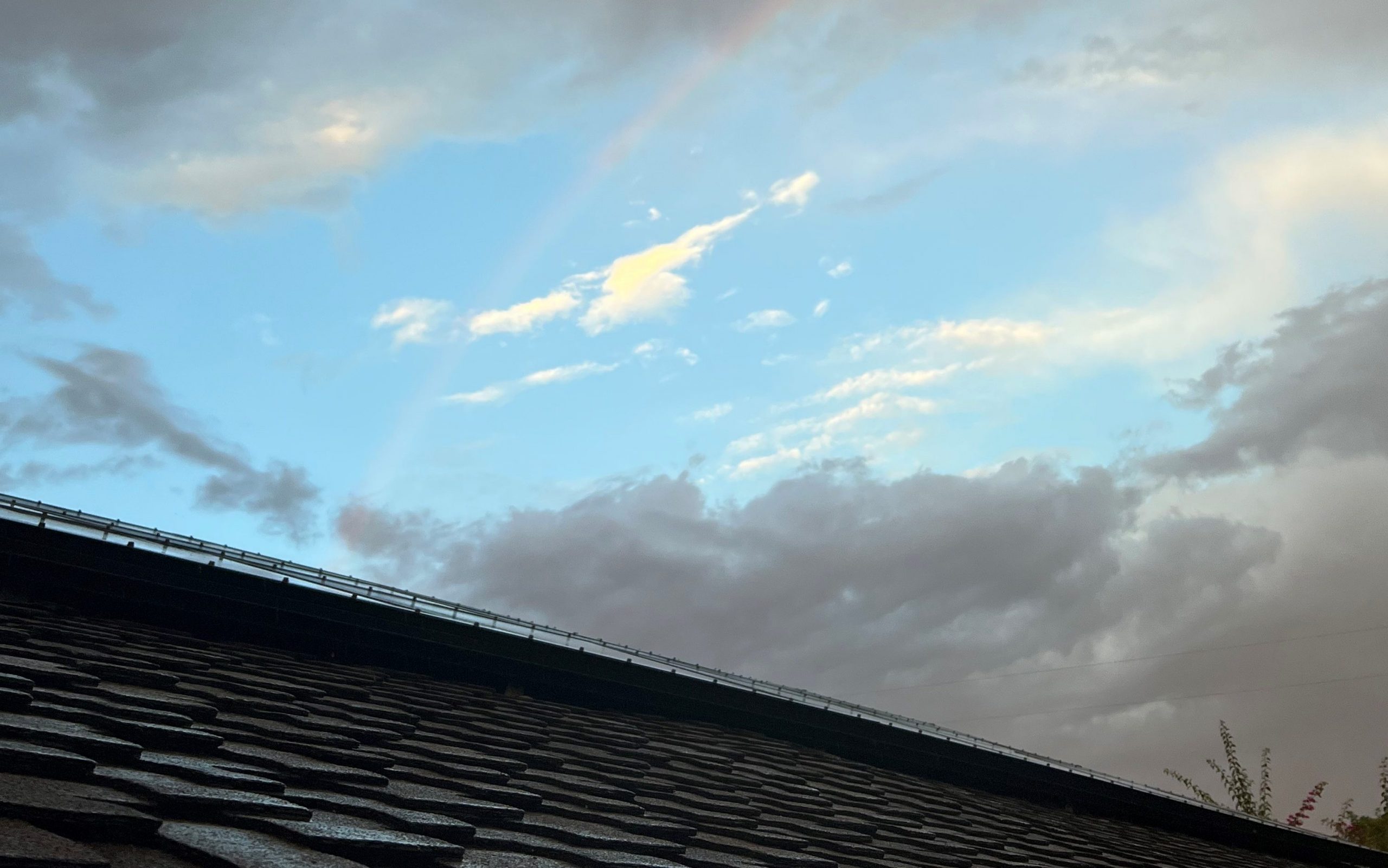
NCAS-M Weather Research and Forecasting Model
Three Integrated Themes
- Innovative observations for advancing climate, weather, and air quality analysis and prediction.
- Interdisciplinary scientific research to support modeling and forecasting activities for building community resilience against extreme weather, water, atmospheric, and climate events.
- Integrated research in support of building public safety through Impact-Based Decision Support Services (IDSS).
NCAS-M II will support undergraduate scholarships and graduate fellowships that focus on the participation of students from traditionally underrepresented minority communities in NOAA’s mission-related scientific, management, and policy professional workforce.
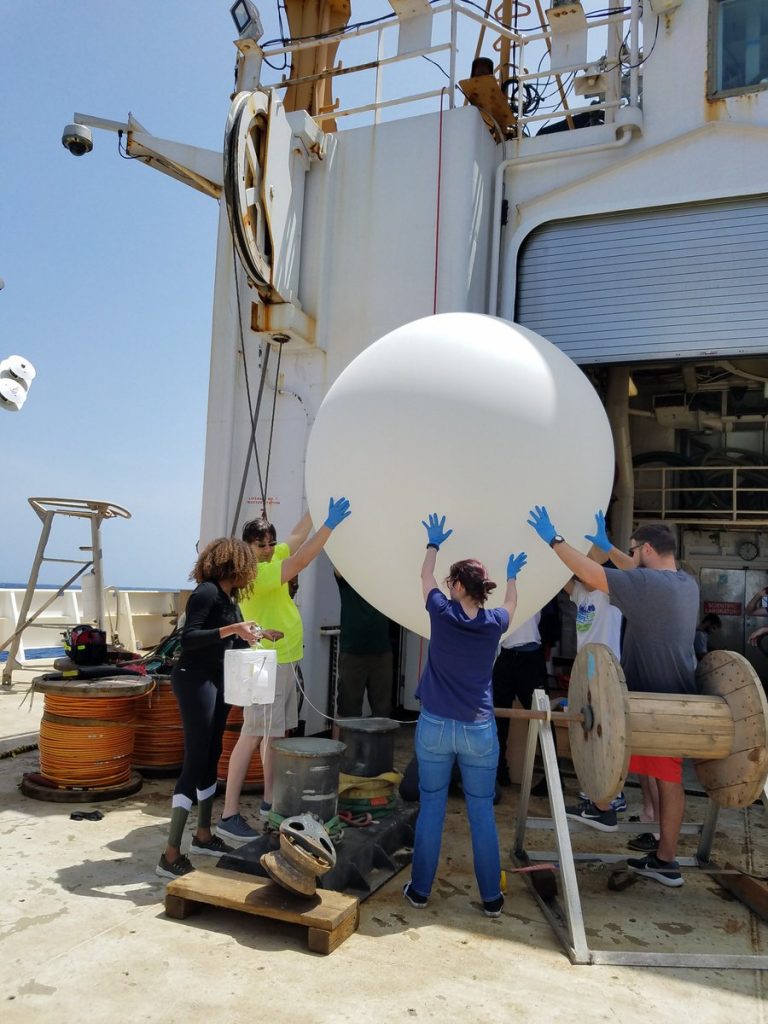
Partner Institutions
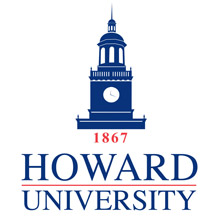
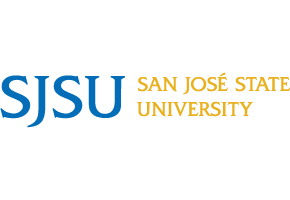

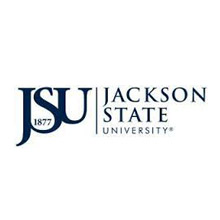
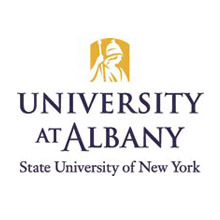
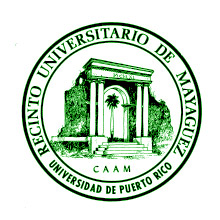


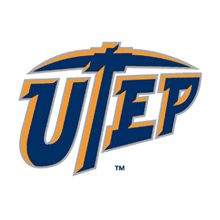

This research is based on work supported by the U.S. Department of Commerce, National Oceanic and Atmospheric Administration, Educational Partnership Program under Agreement No. NA22SEC4810015.
